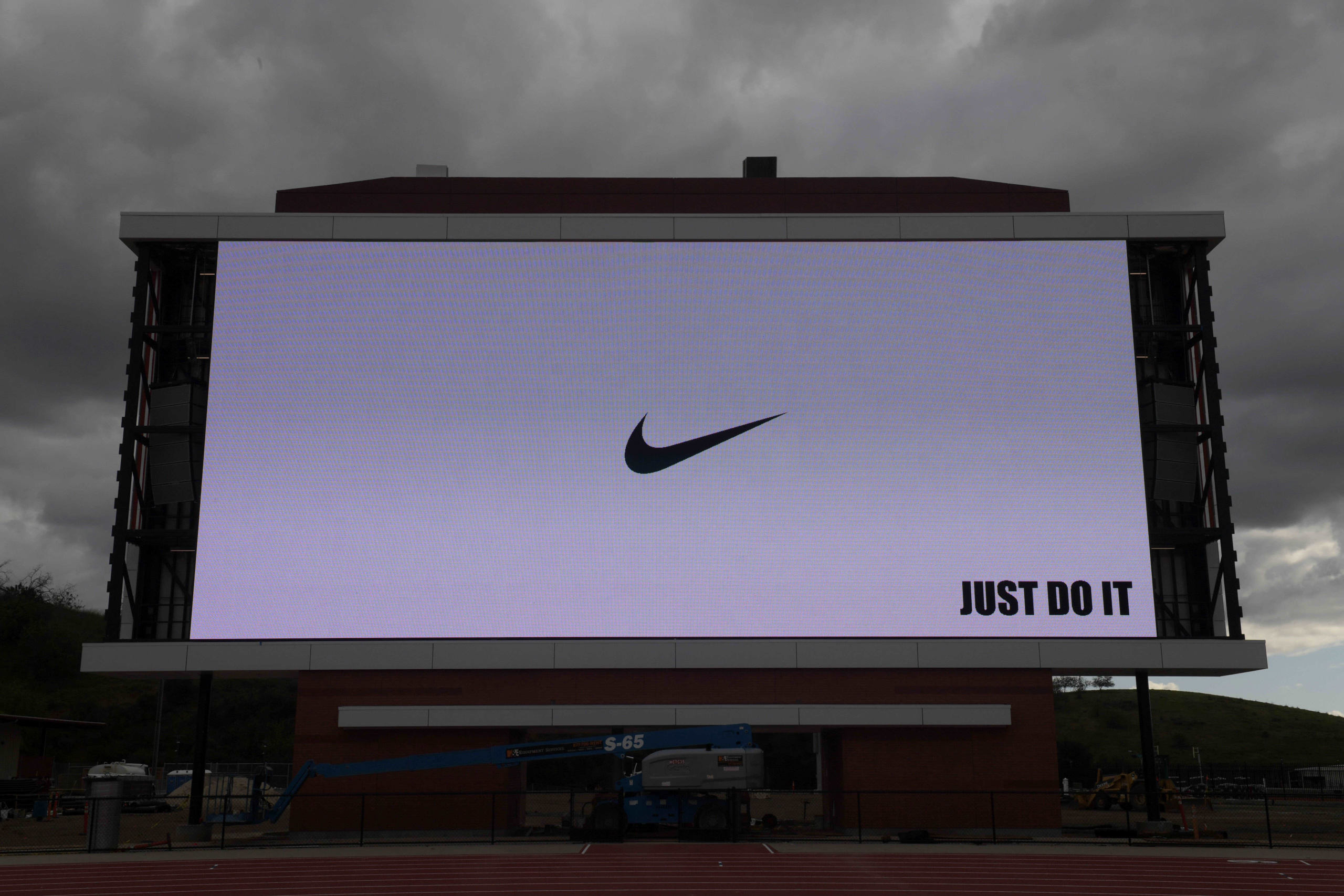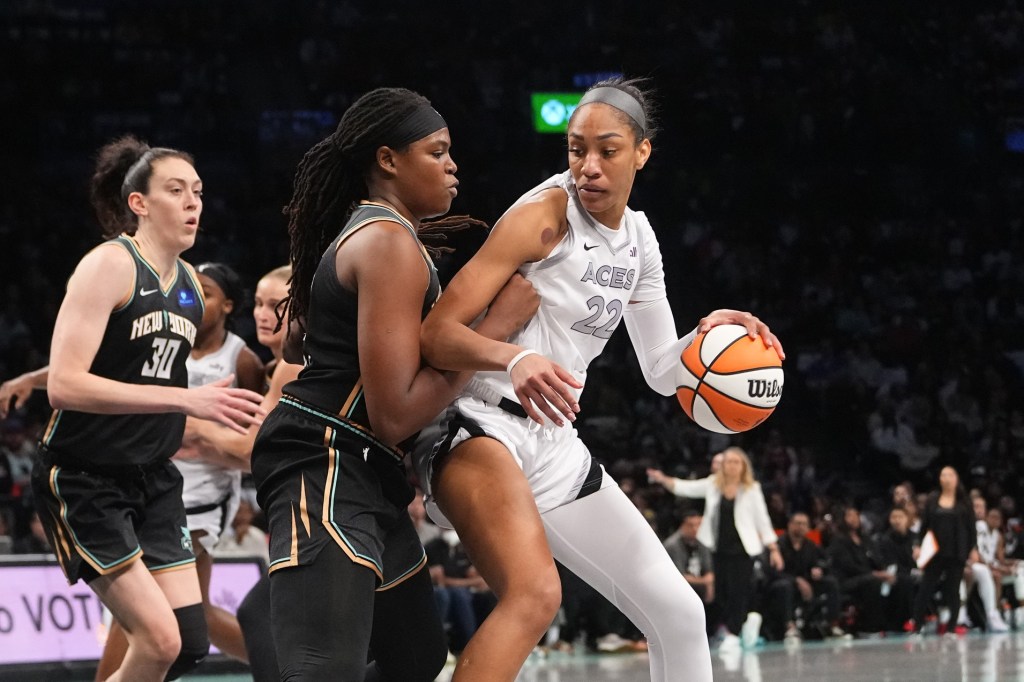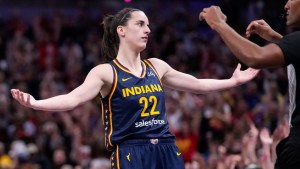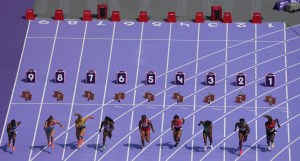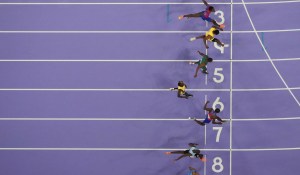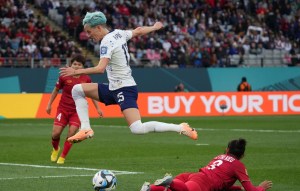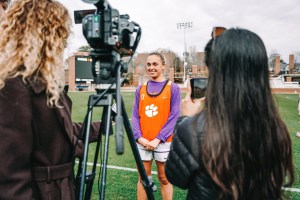With gyms closed nationwide, people everywhere are looking for ways to remain physically and emotionally fit at home. Nike has seized on the opportunity and is utilizing its diverse digital offerings – as well as its athlete relationships – to serve communities throughout the country.
Since March, Nike has invested heavily in its apps, particularly Nike Training Club and Nike Running Club. The company’s strategy has long been to create direct connections with consumers – an effort that has only been accelerated by the coronavirus pandemic, Heidi O’Neill, Nike’s president of consumer and marketplace, said.
“We are dialing up the strength of Nike’s digital ecosystem to continue our strategy of building unbreakable relationships with consumers and help athletes maintain their physical and mental well-being while at home,” she added. “We are leveraging our entire digital portfolio to provide consumers with tools, motivation, and inspiration and continue to make sport a daily habit all over the world.”
As a result of the coronavirus outbreak, Nike has made NTC Premium Content – its subscription-based service embedded into the NTC app – free for all U.S. consumers. There has not been any discussion as to when it will stop offering it for free.
On NTC, Nike is prioritizing content that athletes are asking about the most. With a library of more than 185 online workouts, users have access to information on exercises like yoga sessions, mindfulness, and stretching. They also vary in terms of length (between 15 and 60-minute workouts), type of workout (yoga, total body strength, core work, HIIT), and what equipment is required, if any.
The increased access has capped off a year of significant growth for Nike’s NTC app. From February 2019 to Feb. 2020, the app saw triple-digit growth in both new members and workouts started. Some of the top workouts include core exercises: during the week of April 20, NTC saw 890,000 mountain climber completions, 22,000 quick-hit abs workouts, and 66,000 minutes of crunches that were logged by NYC members.
READ MORE: Team Trainers Bringing At-Home Workout Routines to Fans
“The content and experiences that allow people around the world to continue to pursue their passion for sport and movement have resonated with millions of athletes,” Daniel Heaf, vice president of Nike Direct, wrote in an email.
It is not just NTC that is seeing increased interaction. According to a Nike spokesperson, the NRC app welcomed one million new runners in March and a 42% increase in runs logged.
NRC’s audio-guided runs feature has seen a recent spike as well, with more than 10 million plays since its launch in October 2017. The mindfulness-related AGRs have seen especially more engagement, particularly the “Run with Headspace” 32-minute workout and the “First Run” 15-minute AGR. Heaf attributes the AGR surges to runners feeling like they can now, “run alone without being alone.”
There has also been a surge in the number of women and young runners – predominantly in North America and the European, Middle Eastern, and African regions – joining NRC as well. In March, Nike saw that two women perform workouts for every one man.
Not only are women working out with Nike, but they are also purchasing Nike products. Through May 18, Nike’s women’s digital business is up more than 40%. More than 50% of the women who purchased Nike products in March were first-time buyers.
In the third quarter, Nike reported revenue of $10.1 billion – up 5% on a reported basis – with a 36% rise in digital sales compared to the previous year.
“The greatest value Nike can add right now includes giving more people more tools to stay active,” Rosemary St. Clair, vice president and general manager of Nike Women’s, wrote in an email. “We’re especially motivated by seeing women continue to push fitness and wellness into new spaces, outpacing men by a rate of two to one in workout activity across our digital ecosystem.”
Heaf believes that if Nike is to sustain this period of growth, it needs to further enhance athletes’ and communities’ bonds with the brand. One way it plans to build upon those categories is through stronger relationships with its premier athletes.
On April 5, Nike rolled out the Living Room Cup, which was created to inspire athletes to stay active during the pandemic with the #PlayInside hashtag. It initially launched with the help of European footballer Cristiano Ronaldo and offered a new space for fans to compete against Nike’s professional athletes through weekly fitness challenges.
Since it debuted, Ronaldo’s video has been viewed more than 11.4 million times on his Instagram feed. Other athletes like wheelchair fencer Bebe Vio (10.5 million views), Manchester City player Leroy Sane (3.4 million views), and British sprinter Dina Asher-Smith (6.4 million views) have also experienced high traffic on their Living Room Challenge posts.
READ MORE: Nike Fights Growing Coronavirus Outbreak With China Playbook in Hand
“Our athletes are always looking for ways to inspire their fans, and the Living Room Cup is truly an authentic way for them to do that,” Heaf said.
Nike will continue to incorporate its roster of athletes and trainers into its “You Can’t Stop Us” campaign that currently lives across its social media platforms, YouTube, and mobile app.
Recently, the brand has had female basketball players Sabrina Ionescu and Breanna Stewart discuss basketball on the @NikeBasketball Instagram handle. Other athletes, including Saquon Barkley, Russell Wilson, Jerry Rice, and Jerry Jeudy have appeared on Nike’s online profiles to talk about their respective careers.
Incorporating these high-profile athletes into Nike’s digital offerings is, according to Heaf, one step in strengthening its relationship with its homebound followers.
“We’re investing more in both content and technology to connect millions of consumers who want coaching and motivation to join passionate communities and to access innovative products that support their journey to sport,” he added. “It is more important than ever to help people connect to sport and support them as they seek to maintain their physical and mental well-being while at home.”
